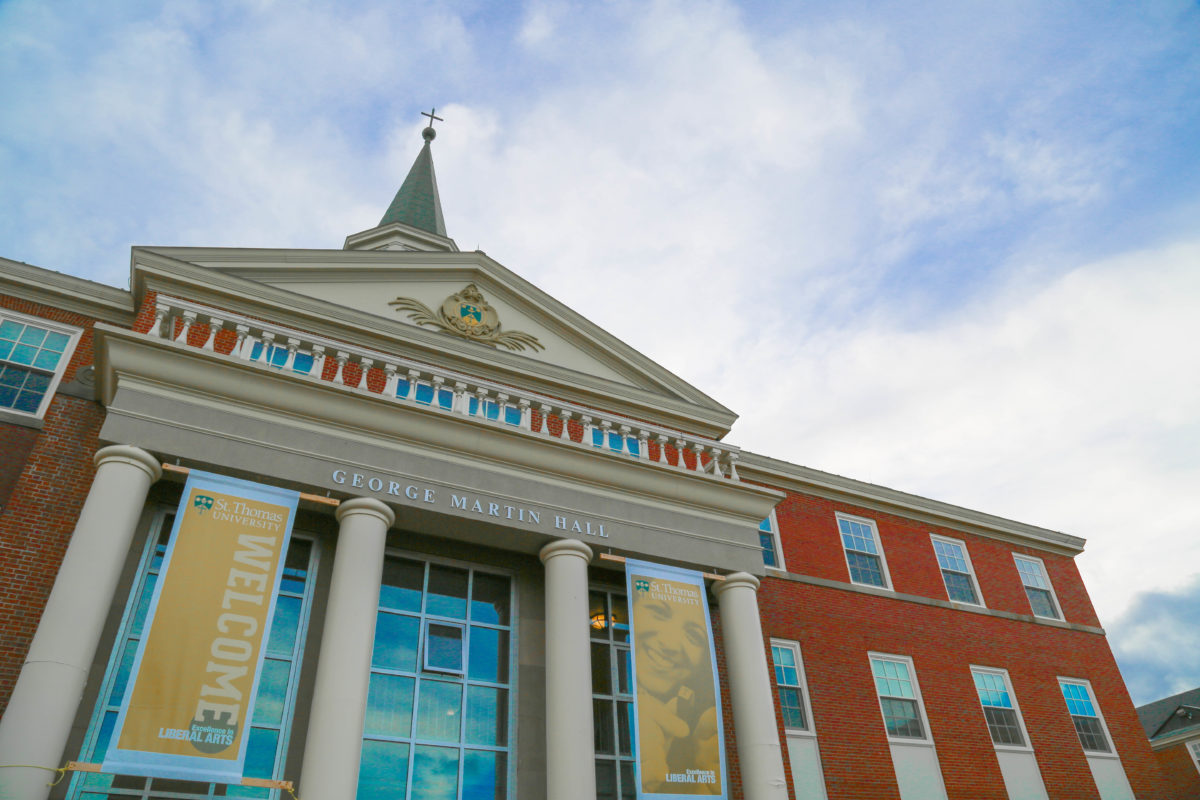
St. Thomas University ranked 14th on Maclean’s Magazine rankings of primarily undergraduate universities for 2016.
This is up from the university standing last year of 15th place, though only through a tie with Université de Moncton.
STU did well in the student satisfaction category, where it placed sixth overall; fourth in a survey for where professors know your name; and second for critical thinking. As well the university’s student services topped the survey.
STU did not do well in student awards, total research dollars and social sciences and humanities grants categories. STU placed 19th, last place, in each category.
Jeffery Carleton, the communications director for the university, said the rankings are not a major concern of the school. The methodology of weighing universities is not a perfect science, with a bias for larger universities, he said.
“We actually don’t look at where we stand on the rankings because we’ve learned to live with the so called rankings from Maclean’s,” Carleton said. “They were measuring things like financial resources and research, which is not an accurate measurement of the student experience.”
He says STU will not do well in with student awards in science or business, categories the university has no hope to compete in.
As for the low score in the research category, Carleton said the kind of research done at a liberal arts university will not require large research grants, which means most professors don’t apply for those kind of grants.
“It’s not an apples-to-apples comparison,” said Carleton. “We just can’t compare ourselves to schools that have science programs, larger social sciences programs that will tend to get more grants than us.”
This year Maclean’s changed their methodology to allow 10 per cent of its overall rankings to be based on student satisfaction, something Carleton says the university had been pushing for and was happy to see included.
He said STU’s director of institutional research had a discussion with the people who run the Maclean’s survey and determined it was the increased weighting of student satisfaction and faculty that increased in STU’s ranking.
“We’re pleased to see them moving towards getting more student voice.”
Carleton said the university has had the same stance regarding the numbers no matter where the university lands on the list.
“Maclean’s is interesting, it’s helpful for parents, but it shouldn’t be the be-all-end-all (when deciding which university to attend),” said Carleton. “We won’t use it in our core material; we’ll use it maybe in a little softer side on social media.”
Carleton says the university relies more on the National Survey of Student Engagement, a survey done every four years when marketing itself. That survey doesn’t rank schools.
The Globe and Mail also released a comparison of Canada’s university in late October. While not a ranking system, the newspaper noted that half of STU students received entry scholarship, the class sizes are small, students have the lowest average student loan debt in New Brunswick, and students gave positive feedback towards their professors.
On the negative side, the Globe and Mail also said STU doesn’t offer much in the way of research and has a larger percentage of students default on their students loans after graduation than at other universities.
As for the statistic regarding the defaults on loans, Carleton said he was unaware of that number before the Globe and Mail published it, and the university’s institutional researcher is looking into it.
According to Carleton, St. Thomas faculty last year submitted a total 331 publications, manuscripts and conference papers, and while that’s not as much as the University of Toronto, once again, it’s not a fair comparison.
“I said to the Globe and Mail, what I think they’re trying to say, in a very awkward way, is they consider STU, Mount A, and St. FX generally undergraduate universities with a focus on teaching,” Carleton said. “(Their focus) doesn’t reflect the actual reality of a university or the work of professors as scholars, and I think it also, ironically, undervalues research in the classroom.”
Attempts to contact the Faculty Association of the University of St. Thomas regarding the matter were unsuccessful.
“(The Globe and Mail) undertook to me that next year when they look at the report, they (will) try to work with the smaller universities to find a way to better express that,” Carleton said.